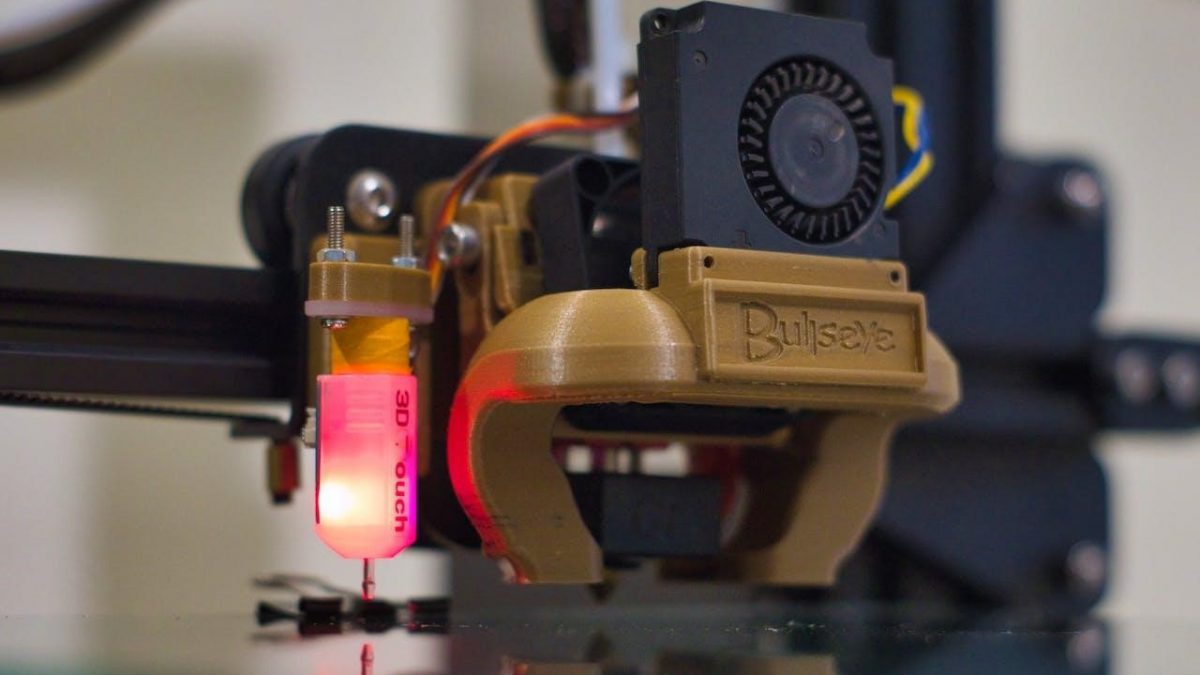3D printing, also known as additive manufacturing, has revolutionized various industries by enabling the creation of intricate and complex objects layer by layer. This technology has found applications in a multitude of fields, from healthcare to aerospace, transforming the way we design and produce objects. In this article, we’ll delve into five diverse technical uses of 3D printing, emphasizing the importance of selecting the right printer for specific materials.
As the capabilities of 3D printers continue to expand, their influence on innovation
and production is only set to grow, promising a future where even more complex and customized creations become a reality.
Table of Contents
Prototyping in Product Development
One of the primary applications of 3D printing is rapid prototyping. It allows engineers and designers to create physical prototypes quickly and cost-effectively. Traditional prototyping methods can be time-consuming and expensive, making 3D printing an attractive alternative. Desktop Fused Deposition Modeling (FDM) printers, which use thermoplastic filaments, are commonly employed in this application due to their ease of use and accessibility.
3D printing revolutionizes prototyping by significantly reducing costs. Traditional methods often involve expensive molds or tooling, driving up initial expenses. In contrast, 3D printing requires no specialized equipment or molds, enabling rapid and cost-effective production of prototypes. This technology also allows for easy iteration and modification, eliminating the need to recreate costly molds for each design iteration. Additionally, the ability to use a wide range of materials in 3D printing further enhances cost efficiency, making it an indispensable tool for product development.
Medical Advancements through Bioprinting
3D printing has been a game-changer in the field of medicine. From customized implants to anatomical models, the healthcare industry has embraced this technology for patient-specific solutions. Bioprinting, a subset of 3D printing, involves using bioinks and living cells to create tissue-like structures. This has the potential to revolutionize organ transplantation and tissue engineering. Specialized bioprinters are designed for this purpose, equipped to handle biological materials.
3D printing advances medical safety by enabling precise customization. Surgeons can create patient-specific models for pre-operative planning, reducing procedural risks. Custom implants ensure a perfect fit, minimizing complications. Additionally, bioprinting holds potential for tissue engineering, reducing rejection rates in transplants. This technology enhances patient outcomes and safety.
Aerospace and Lightweight Structures
Aerospace engineers have harnessed the power of 3D printing to produce lightweight yet robust components. Selective Laser Melting (SLM) and Electron Beam Melting (EBM) are commonly used for aerospace applications, particularly for metals like titanium and aluminum. These techniques allow for the creation of intricate structures with superior strength-to-weight ratios, crucial for aerospace engineering.
Aerospace scientists envision 3D printing revolutionizing spacecraft manufacturing. They dream of crafting entire rockets and satellites using advanced materials and intricate designs, leading to lighter, more efficient vehicles. This promises to drastically cut costs and open new frontiers in space exploration, ultimately transforming the future of aerospace technology.
Architectural Scale Models and Custom Construction Components
Architects and construction professionals have embraced 3D printing for creating intricate scale models and even full-scale building components. Large-scale 3D printers, capable of working with materials like concrete and clay, are employed in this domain. These printers are equipped with special nozzles and extrusion systems to handle the demands of construction materials, enabling the rapid realization of architectural visions.
Architects plan to utilize 3D printing for constructing large-scale, customized building components. They envision creating intricate, sustainable designs with materials like concrete and clay. This technology promises to streamline construction processes, reduce waste, and allow for unprecedented architectural creativity, shaping the future of sustainable urban development.
3D Printing with Metals: Precision and Durability
Metal 3D printing has emerged as a crucial technology for industries requiring robust and precise components. This technique, also known as Direct Metal Laser Sintering (DMLS) or Laser Powder Bed Fusion (LPBF), involves fusing metal powder layer by layer using a high-powered laser. Metals like stainless steel, aluminum, and even titanium can be utilized, opening doors to applications in aerospace, automotive, and tooling industries.
When it comes to metal 3D printing, the best metal 3D printers will have the right metal applications and specifics for the projects you need. For instance, printers with higher power lasers are often used for denser materials like titanium, ensuring a thorough fusion. Additionally, the build chamber size should accommodate the desired component size, and the printer’s precision and resolution should match the required tolerances.
In conclusion, 3D printing has transcended its initial novelty and evolved into a vital tool across various technical domains. From rapid prototyping to bioprinting, aerospace applications to architectural models, and even metal printing for precision components, the versatility of 3D printing continues to drive innovation. Understanding the nuances of material selection and printer capabilities is essential for harnessing the full potential of this transformative technology. As the field continues to advance, we can expect even more groundbreaking applications to emerge, further reshaping industries and pushing the boundaries of what is possible.



Review The Versatile World of 3D Printing: Exploring Technical Applications Introduction.